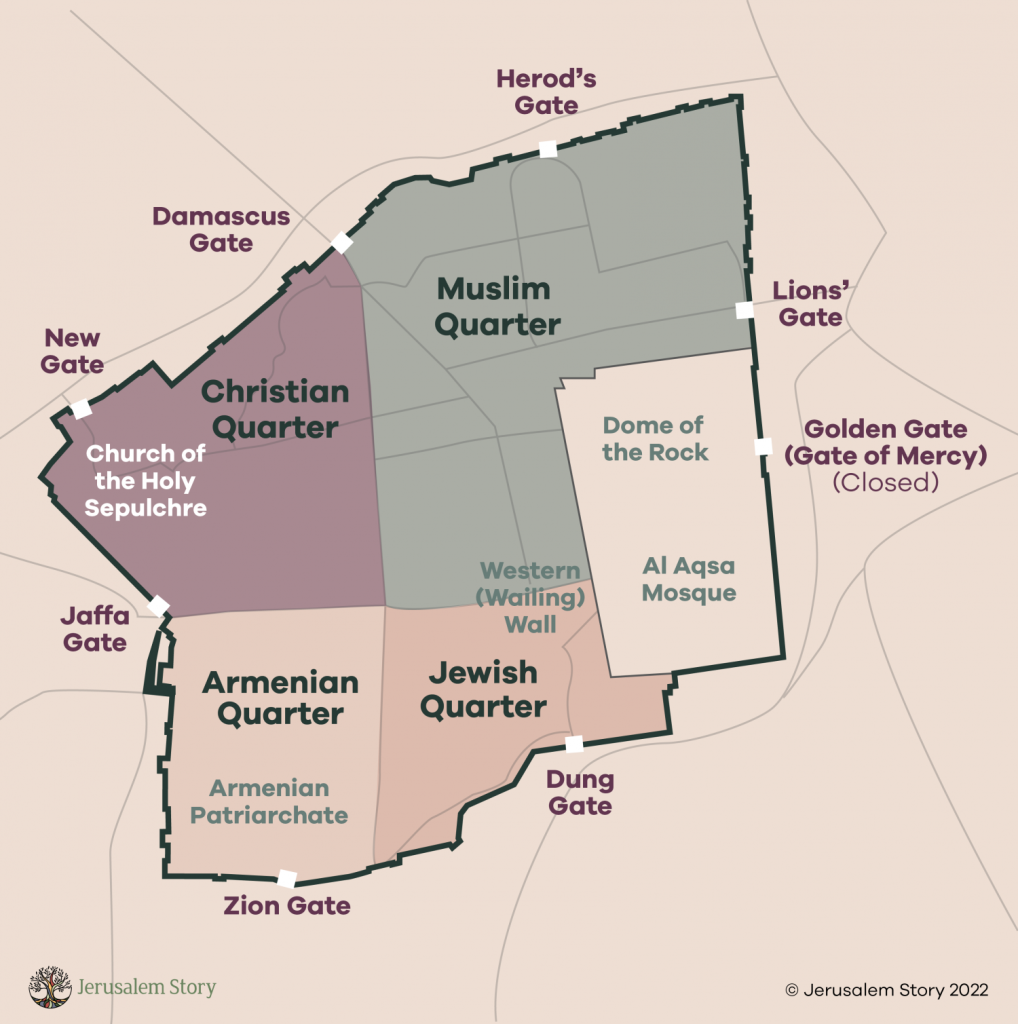Thinking about visiting Jerusalem old city? One of Israel’s top landmarks. Enclosed by ancient walls, it houses some of the world’s most significant religious sites and offers a unique blend of old and new. The Old City of Jerusalem is quite small, covering an area of approximately 1 square kilometer. Despite its small size, the Old City is densely populated and has about 35,000-36,000 residents, distributed across four quarters.
Jerusalem old city quarters
The Old City is divided into four distinct quarters, each with its unique character and charm:
- Jewish Quarter: Known for its narrow, winding streets, the Jewish Quarter is home to the Western Wall (Kotel), a sacred site for Jewish prayer and pilgrimage. This area also features the Cardo, an ancient Roman street lined with shops and archaeological sites.
- Christian Quarter: This quarter hosts the Church of the Holy Sepulchre, one of Christianity’s holiest sites, believed to be the location of Jesus’ crucifixion and resurrection. The area is filled with churches, monasteries, and bustling markets.
- Muslim Quarter: The largest of the four quarters, the Muslim Quarter is a vibrant and lively area known for its markets (souks), narrow alleyways, and the Dome of the Rock, an iconic Islamic shrine.
- Armenian Quarter: Smaller and more secluded, the Armenian Quarter boasts the St. James Cathedral and the Armenian Museum. It offers a peaceful retreat with its quiet streets and historic buildings.
The Gates of Jerusalem’s Old City

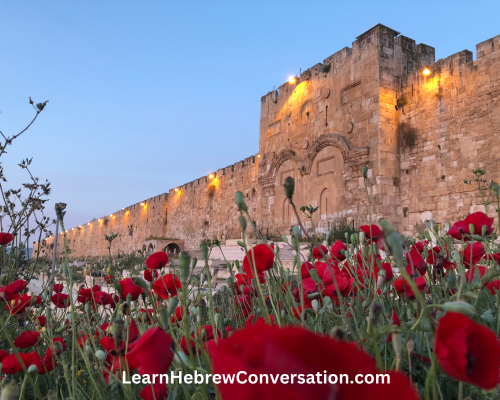
The Old City of Jerusalem is surrounded by walls that feature several historic gates. Here are the main gates of the Old City:
- Jaffa Gate: The main entrance for visitors, providing access to the Christian and Armenian Quarters. Named after the port city of Jaffa, as it was the main entrance for pilgrims arriving from that port.
- Damascus Gate: Situated on the northern wall, it is considered the most impressive and busiest of Jerusalem’s gates. It faces north towards Damascus and was the starting point for travelers heading to that city.
- Herod’s Gate: Also known as the Flowers Gate, it faces north and leads to the Old City markets.
- Lions’ Gate: Associated with significant events in Christian history, it leads to the Via Dolorosa. Named after a pair of animal carvings flanking it. Interestingly, these are actually tigers, the heraldic symbol of the 13th-century Sultan Beybars.
- Golden Gate (Gate of Mercy): Located in the eastern wall, it has been sealed for centuries and is associated with messianic prophecies.
- Dung Gate: Situated on the southern wall, it leads directly to the Western Wall and is named for its historical use as a refuse disposal point.
- Zion Gate: Located on the southern side, it connects to the Armenian and Jewish quarters.
- New Gate: The most recent addition, built in 1889 in the northwestern corner to provide easier access for Christian pilgrims.
These gates, most of which were built or rebuilt during the reign of Ottoman Sultan Suleiman the Magnificent in the 16th century, serve as important entry points to the Old City and its various quarters.
Top Landmarks
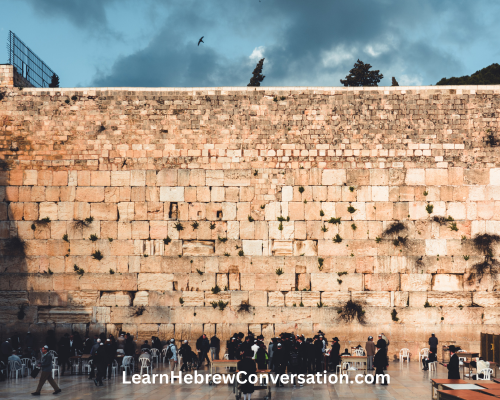
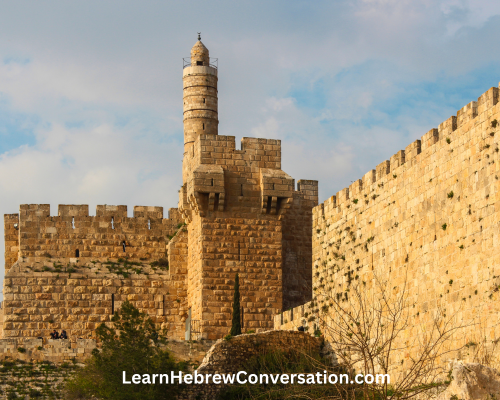
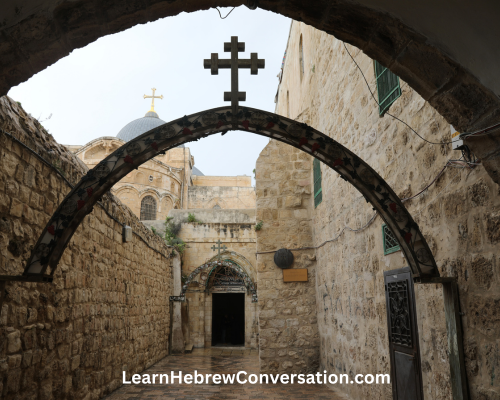
The Old City of Jerusalem is home to numerous significant landmarks. Here are some of the top landmarks in the Old City:
- Western Wall: Also known as the Wailing Wall, this is one of the most sacred sites in Judaism and a major landmark in the Old City.
- Church of the Holy Sepulchre: Considered the holiest site in Christianity, this church is believed to be the site of Jesus’ crucifixion, burial, and resurrection.
- Dome of the Rock: Located on the Temple Mount, this iconic golden-domed structure is one of the most recognizable landmarks of Jerusalem and a significant site in Islam.
- Temple Mount/Al-Aqsa Compound: This area is sacred to both Jews and Muslims and includes the Al-Aqsa Mosque.
- Tower of David Museum: An ancient citadel near the Jaffa Gate that offers a comprehensive look at Jerusalem’s history.
- Via Dolorosa: The path Jesus is believed to have walked on his way to crucifixion, marked by the Stations of the Cross.
- The Cardo: An ancient Roman street that has been partially restored and now serves as a vibrant shopping area.
- The Ramparts Walk: While not a single landmark, this walk along the Old City walls offers unique views of the city and its landmarks.
- The Western Wall Tunnels: These underground tunnels provide a fascinating look at the layers of Jerusalem’s history.
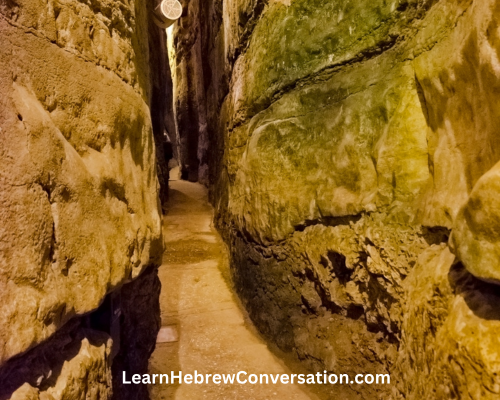
Places to Stay in the Old City
- The David Citadel Hotel: Luxurious accommodations with stunning views of the Old City.
- Mamilla Hotel: A blend of modern design and historical architecture, located near Jaffa Gate.
- Austrian Hospice: A charming guesthouse offering a unique stay in the heart of the Old City.
- The Sephardic House Hotel – Highly rated by families.
- American Colony Hotel – A historic 5-star hotel .
- King David Hotel – An iconic luxury hotel close to the Old City.
- Notre Dame Guest House – One of the closest hotels to the Old City.
Budget-friendly hotels and hostels in the old city:
- New Imperial Hotel.
- Chain Gate Hostel.
- Jaffa Gate Hostel.
- Citadel Youth Hostel.
- New Swedish Hostel.

Best Restaurants
- The Eucalyptus: Located just outside the Old City, it offers modern Israeli cuisine with a focus on traditional ingredients.
- Abu Shukri: Famous for its hummus, this eatery in the Muslim Quarter is a must-visit.
- Tala Hummus and Falafel: A popular spot in the Christian Quarter for delicious and affordable Middle Eastern food.
- Armenian Tavern: Located in the Armenian Quarter, it offers traditional Armenian dishes in a cozy atmosphere.
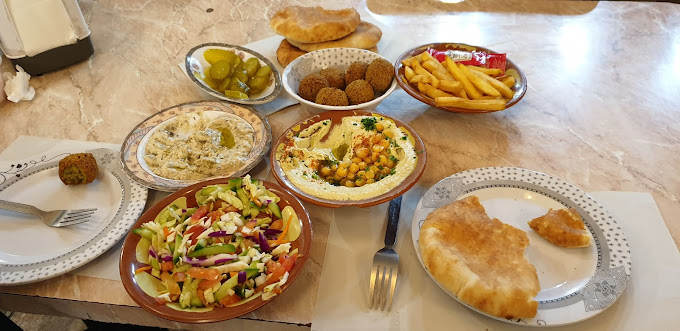
Ready to Visit Jerusalem’s Old City?
A visit to Jerusalem’s Old City is a journey through time, where every corner tells a story and every stone has witnessed history. From its sacred sites to its bustling markets, the Old City offers a rich and immersive experience. Take the time to explore its quarters, walk through its ancient gates, and savor local cuisine, lasting memories guaranteed.

